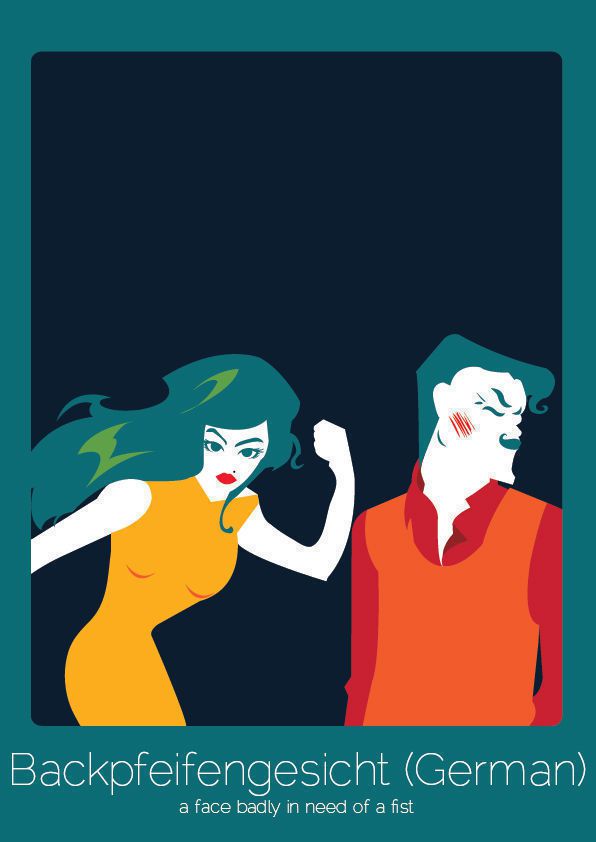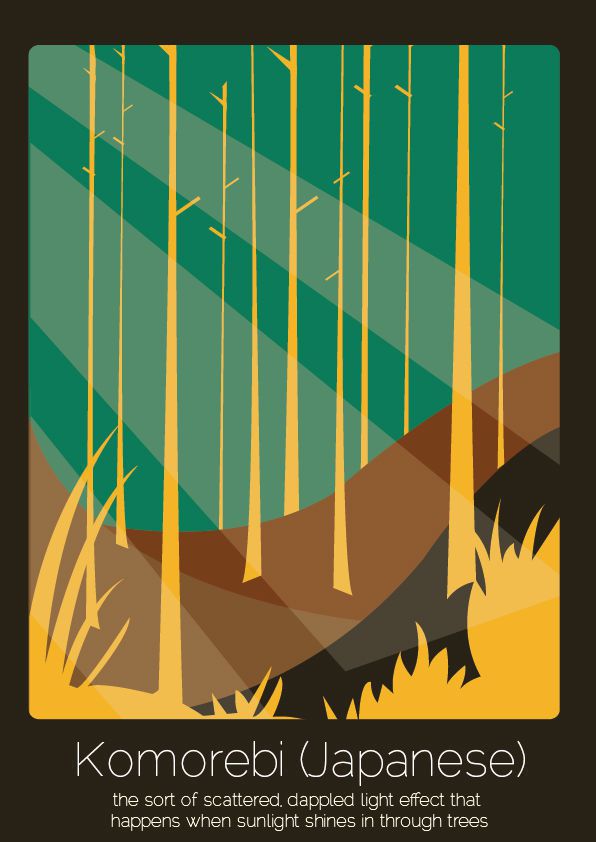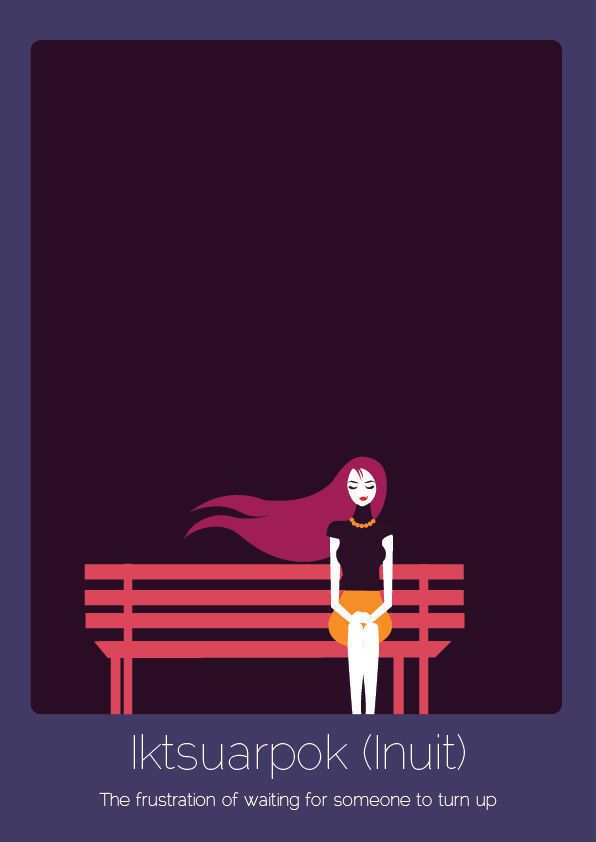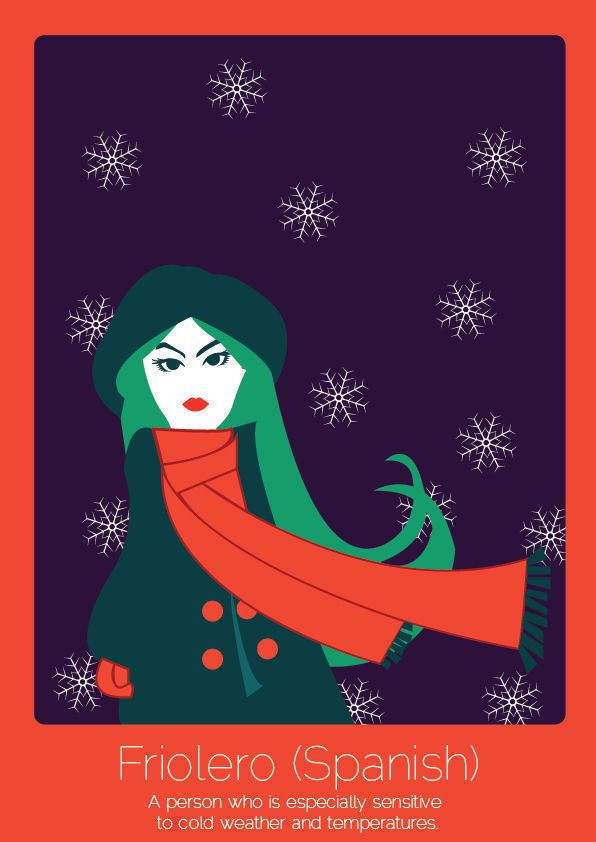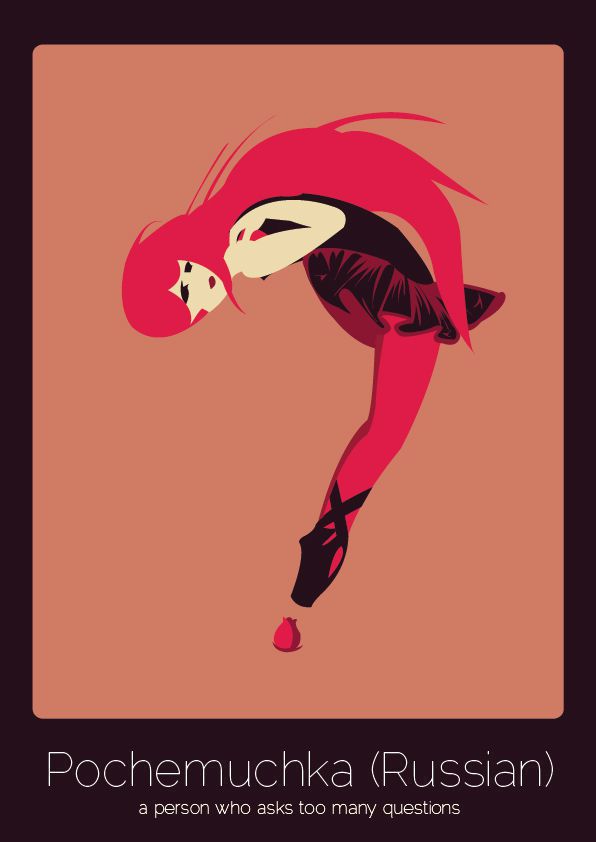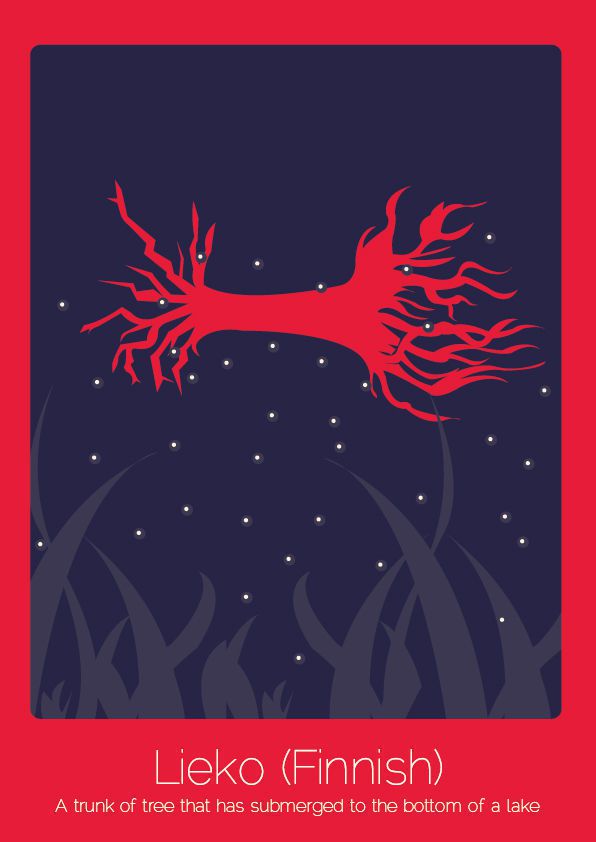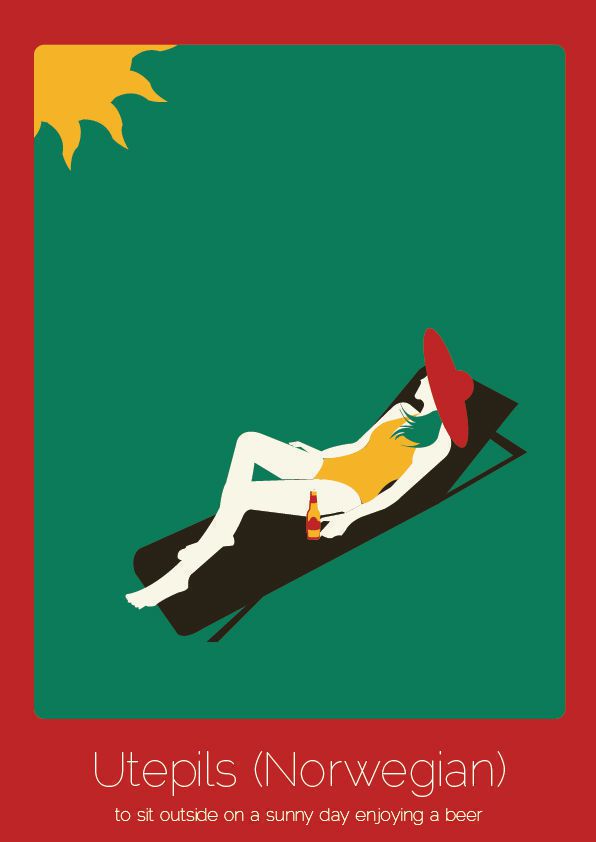Which language are you learning? The results!
We had a great response to our recent language learning survey; thank you to everyone who took the time to complete it. First things first: we’re delighted to announce that the winner of the iPad mini prize draw is Konstantia Sakellariou. Congratulations, Konstantia – your iPad is on its way!
We wanted also to share a few of our findings with you. Some of the results from the survey were as we expected, others were quite surprising. Here are just a few of the things you had to tell us. Thanks again for all your thoughtful responses, we’ll put them to good use.
Which language(s) are you learning (or would like to learn)?
The first question was pretty straightforward. A couple of people ticked every language on offer (over 100) – now that’s what we call ambition! – but most chose between 1 and 5. Here are the top ten most popular languages: 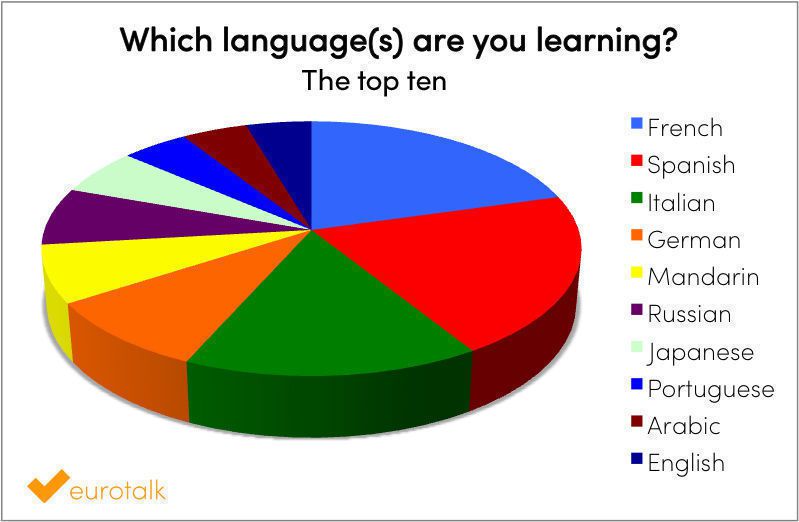 Other popular choices included Greek, Swedish, Dutch, Brazilian Portuguese, Norwegian, Irish, Polish and Icelandic. We also got some requests for languages we don’t yet offer, like Guernésiais and Twi – we’ll do our best to add those languages to our list, so watch this space!
Other popular choices included Greek, Swedish, Dutch, Brazilian Portuguese, Norwegian, Irish, Polish and Icelandic. We also got some requests for languages we don’t yet offer, like Guernésiais and Twi – we’ll do our best to add those languages to our list, so watch this space!
Why are you learning a language?
Next, we wanted to know why you’re learning a language. Nearly half of the respondents chose travel as a reason, and almost as many said they were learning a language just for fun. 36% of respondents said it was for family reasons or for a relationship, and 27% for work. The results were quite evenly split though, showing that there’s no one overwhelming reason – everyone has their own motivation.  Among the other reasons, we had a range of answers, including an interest in the culture of the language, personal challenge and wanting to follow literature, film and music in other languages. Many people are living in another country, which was their main motivation for learning the local language. And one person said that their heart asked for the knowledge, which we loved 🙂
Among the other reasons, we had a range of answers, including an interest in the culture of the language, personal challenge and wanting to follow literature, film and music in other languages. Many people are living in another country, which was their main motivation for learning the local language. And one person said that their heart asked for the knowledge, which we loved 🙂
What prevents you from learning a language?
We were also interested to know what stops people from learning a language, so we asked you to rate the following reasons out of 5. The most common barrier to learning is a lack of time, followed by not having found the right method, and then the cost involved.  Incidentally, if you’re facing any of these barriers, you may like to check out our recent posts, on finding time to learn a language and learning on a budget. And if you’re looking for resources, did you know you can try out the EuroTalk learning method for free? Either visit our website, or download our free app, uTalk for iOS, to give it a go. We believe learning a language should be fun, because our research shows we learn much better if we’re enjoying ourselves, and this in turn makes it a lot easier to overcome the obstacles that get in the way. See what you think! Other answers included not having an opportunity to use the language, a lack of motivation and difficulty finding resources for the particular language they wanted to learn (we may be able to help there – we’ve got 136 languages and counting…).
Incidentally, if you’re facing any of these barriers, you may like to check out our recent posts, on finding time to learn a language and learning on a budget. And if you’re looking for resources, did you know you can try out the EuroTalk learning method for free? Either visit our website, or download our free app, uTalk for iOS, to give it a go. We believe learning a language should be fun, because our research shows we learn much better if we’re enjoying ourselves, and this in turn makes it a lot easier to overcome the obstacles that get in the way. See what you think! Other answers included not having an opportunity to use the language, a lack of motivation and difficulty finding resources for the particular language they wanted to learn (we may be able to help there – we’ve got 136 languages and counting…).
How have you used your language when travelling?
Finally, we asked how knowing another language has been useful when you’re travelling. There was no clear winner here, which just goes to show knowing a language is always useful! But the top response was that it gives you the ability to talk to locals in their own language; many people added that they felt more welcome as a result and that it gave them independence so they could make the most of their trip. There were lots of practical reasons too, with getting around and eating out narrowly beating shopping in the poll. If you missed out on the survey this time, don’t worry – we’re planning another one soon, so keep an eye on the blog (you can subscribe by email above to get the latest updates), or follow us on Facebook or Twitter. And if you didn’t answer this survey but would still like to have your say on any of the questions, you’re very welcome to email us or add your thoughts in the comments below.
If you missed out on the survey this time, don’t worry – we’re planning another one soon, so keep an eye on the blog (you can subscribe by email above to get the latest updates), or follow us on Facebook or Twitter. And if you didn’t answer this survey but would still like to have your say on any of the questions, you’re very welcome to email us or add your thoughts in the comments below.
Liz
Data above based on 877 survey responses.
Goal! around the world [Infographic]
Sometimes one word is all you need… With the World Cup getting underway today, here’s how each national team says that all-important word, ‘goal’.
You can find this and lots more in our language learning app, uTalk – available to download and start learning right now from the App Store. So whether you’re watching the football at home or away, you’ll always be prepared.
(There are lots of non-football related words in there too, for those of us with other interests!)
Please do share the infographic with friends and tell us how you’ll be shouting ‘Goal!’ this World Cup 🙂
Embed This Image On Your Site (copy code below):
10 sport stars who speak other languages
 It can often feel like life is all about sport, whether we like it or not. But have you ever wondered how good sports stars are at languages?
It can often feel like life is all about sport, whether we like it or not. But have you ever wondered how good sports stars are at languages?
It turns out, pretty good. Like anyone who has to travel a lot for their work, athletes often find knowing only their native language isn’t enough. Here are 10 great examples of sports stars who speak more than one language.
Gary Lineker
Besides English, the former footballer learnt Spanish while he was playing for Barcelona, and picked up some Japanese when he later moved to Nagoya Grampus Eight. He’s now a passionate ambassador for languages in schools, saying in an interview with TES last year, ‘the learning of languages, for me, will always be helpful for the vast majority at some stage in their life’.
Roger Federer
Not content with winning a frankly quite ridiculous 17 Grand Slam titles, the Swiss tennis player also speaks four languages fluently – his native Swiss German along with French, English and German. He’s known for his ability to switch effortlessly between languages in interviews and press conferences and can quite comfortably answer journalists’ questions in their own language, a feat some of his fellow tennis players can’t keep up with. Wouldn’t be the first time.
Tom Daley
The British diver recently got an A in his Spanish A-level (congrats, Tom!), and makes good use of his language skills when in Mexico, where he spends a lot of his time. Here’s a video of him showing off his Spanish.
Jonny Wilkinson
Here in England, Jonny Wilkinson is known (at least by me) as that guy who’s pretty good at drop goals. But he’s also a bit of a superstar in France, where he’s been playing for Toulon since 2009. He’s now fluent in French and was awarded honorary citizenship of Toulon earlier this week – giving his acceptance speech in the local language, of course.
Fernando Alonso
The Spanish Formula One racing driver speaks an impressive four languages – Spanish, Italian, English and French. And in case that’s not enough, he’s apparently working on Russian too.
Arsene Wenger
The Arsenal manager is well known for his interest in languages, speaking French, English, German, Spanish, Italian and Japanese. Like Gary Lineker, Wenger’s also known as an ambassador for languages, and last year he was voted Britain’s first Public Language Champion by readers of The Guardian. In this video he explains why languages are so important.
Novak Djokovic
Never one to let Roger take all the glory, fellow tennis champion Novak Djokovic speaks five languages – Serbian, English, German, Italian and French. He studied English and German at primary school, and learned Italian when he worked with coach Riccardo Piati. In an interview with Tennis Talk in 2013, he said, ‘We have a saying in our country: The more languages you know, the more is your worth as a person. I like to understand what people are saying wherever I am, at least to pick up a few phrases of those languages.’
Paula Radcliffe
Long-distance runner Paula Radcliffe has a first-class degree from Loughborough University in European Studies, and speaks French and German fluently. She now lives in Monaco with her husband and two children, who are both bilingual, attending a French school but also fluent in English.
Cesc Fabregas
Another Barcelona footballer, Fabregas speaks four languages – Spanish, Catalan, English and French, and his Twitter feed is multilingual. When asked about his language skills in 2005, he replied, ‘These days you have to keep studying, not least because my mum tells me so.’ Words to live by.
Daniela Hantuchova
And finally, another tennis player, because tennis is my favourite. Daniela Hantuchova, from Slovakia, is by all accounts a very talented lady. Besides her tennis career, she’s also a trained classical pianist, and speaks – wait for it – six languages: Slovak, Czech, English and German fluently, and some Croatian and Italian.
Does anyone else feel like a bit of an underachiever now, or is it just me?
If you know any other examples of sports stars who speak other languages, please tell us about them in the comments.
Found in translation – untranslatable words, in pictures
If you liked our recent infographic on words that don’t exist in English, you’ll love this. New Zealand-based designer Anjana Iyer has been working on a project called Found in Translation, illustrating 41 ‘untranslatable’ words so far, with more to come.
We asked Anjana about the background to her project, and where she gets her ideas from. Here’s what she had to say…
What’s the 100 Days Project all about? How did you get involved?
The 100 Days project is basically choosing one creative exercise, and then repeating it every day for 100 days. It was started three years ago by Emma Rogan, who is quite a renowned senior designer in New Zealand. I came across this through one of the creative meetups happening in Auckland every week, and I decided to participate to improve my illustration skills.
What made you choose untranslatable words for your subject?
I wanted my 100 Days project to be something compelling enough to do every single day. I have had a fascination with learning new languages for the longest time and I just happened to come across this article about 14 words with no English equivalent on The Week. I knew I wanted to base my project around illustrations, since I have only been illustrating for the past two years and I still have a very long way to go, and this was a perfect medium to improve my skills.
This project was started last year as a part of the 100 Days project but I had to drop it after Day 41 due to some professional and personal commitments. It’s suddenly been brought to spotlight because of my friend who recommended me to DesignTaxi and it went viral from there. And with the growing response that it’s gotten, I have restarted the series to include more illustrations.
How did you choose which words to illustrate?
Well, when I first came across these words, I could think of one friend or another when it came to certain words. For example, the Yiddish word Shlimazl (which means a chronically unlucky person), reminded me of a classmate who had the worst luck with our professors. And so I picked words which we could all relate to in way or another and maybe share a laugh or two.
Do you have a favourite so far?
Iktsuarpok has a been a favourite word, simply cause it holds so much meaning. It’s waiting, whether you are waiting for the bus to show up or for the love of your life. It perfectly describes that inner anguish. From the point of view of illustration, I am very happy with how Schadenfreude turned out. That was fun to illustrate.
What’s your background as a designer?
I am a media designer with three years of experience. I love illustration and web design in equal measure. I quit engineering to become a designer. When it comes to illustrations, I love doing mostly vector work. Currently I am in the final year of my studies as a web design student.
Do you speak any languages yourself?
Well, being from India, I think we are born to speak several languages. I do speak about five Indian languages and I have a working understanding of French.
Can you give us a sneak preview of any forthcoming illustrations?
It’s quite surprising how some words can really unite people. The Portuguese word Saudade is such a popular one. I have lost count of the number of people who have requested an illustration of said word. And I am looking forward to completing that one.
To see some of her other illustrations, check out Anjana’s website.
Thanks to Anjana for talking to us; we’re looking forward to seeing more of her brilliant work!
Do you have any favourites? Or any words you’d like to see illustrated? Let us know in the comments.
5 tips for beginners in Japanese
Adam, 15, recently spent two weeks at EuroTalk for work experience. He’s passionate about languages and is currently learning Japanese. Here are his top tips for other beginners.
In November 2012, I decided to start taking Japanese lessons once per fortnight. As a younger learner, I thought it might be interesting for you to see some challenges that I have already faced while learning. If this post was about a language like French, quite a lot of the tips would be generic and applicable to other European languages, such as Spanish or German. Therefore, I hope that most of my tips will remain unique, just like the Japanese language.
Here are 5 tips for starting Japanese, from the viewpoint of a beginner!
1) Consolidate your kana before tackling Kanji
When I started to learn, I was pretty frightened at the prospect of learning kanji. In fact, I only started to learn kanji about nine months after starting, because my teacher advised me to gain a basic knowledge of the sound system, grammar, vocabulary and kana alphabets before learning. She was absolutely right – I couldn’t have imagined being able to pick up any of the theory behind kanji without the basic grounding first. Often, the On’Yomi reading is written in katakana. Considering I had been learning for 9 months at the time, my katakana knowledge was pretty poor, which inhibited some of my kanji learning. Getting a basic knowledge of Japanese is definitely a must before learning kanji!
2) Choose your learning materials wisely
There are a variety of Japanese learning materials out there, ranging from internet courses to books. It is important to choose learning resources that can cover every aspect of the language, without leaving any gaps in your required knowledge. This is why I would recommend the ‘Japanese for Busy People vol. 1’ book. It covers grammar, various verb forms, vocabulary, information on the culture, particles, conjuctions, sentence structure and counters. Another important feature is that it features no kanji, allowing you to consolidate your knowledge of kana and general understanding of the language. One negative aspect could be the fact that the book is quite business-orientated. In terms of grammar, this is fine, and means that politeness is emphasised throughout. However, some of the vocabulary might not be useful to some learners. For me, it’s quite funny to be able to tell a taxi driver how to get to the main branch office! Otherwise, you could use online vocabulary resources and of course don’t forget the uTalk app!

3) Don’t overload yourself with kanji readings!
When I learn languages, I want to know everything when I first come across it, even if it is really complex. For example, when I started to learn German, I was really eager to learn the perfect tense within the first few lessons. It was exactly the same as in French – just use ‘haben’ and add the past participle, right? Of course I failed, because I put the past participle straight after the auxiliary verb, rather than at the end of the sentence. In Japanese, I wanted to learn all the readings of a kanji as soon as I had learnt it. Eventually, I would have probably ended up using it incorrectly because I had just memorised the words associated with that kanji, without ever encountering them in a sentence!
Instead, you might want to try and learn a new kanji of a word that you have encountered frequently, rather than learning multiple new words from a kanji. In my Japanese book, I have a section for all the vocabulary that I need to learn for homework. I started to look up the kanji for each of those words. If I came across a kanji that I already knew, I would right the corresponding word down, with its kanji written next to it. Furthermore, if an unknown kanji came up a lot, I would write it down with the familiar readings next to it. This method ensures that I learn the readings of words that I am already familiar with.
4) Be organised
When learning Japanese in particular, I like to keep a routine to ensure that I learn kanji, vocabulary and do homework well. Some learners might not like repetition, but I think it’s one of the best ways to learn. By revising for 10 minutes every evening and recalling the information in a mini-test the next day, I can make sure that I remember vocabulary, grammar and kanji well. I like to take advantage of the brain’s ability to work better after waking up. This means that I only learn new words in the morning, during weekends, and revise words in the evening. Furthermore, I think it’s also important to test yourself after a longer period of time following the learning of a word, to ensure that you have maintained the word in your mind! However, it’s also important to state that our brain works even better passively, so doing some occasional Japanese writing, reading and listening is good when learning. You might pick up some new vocabulary without even trying! Try and be organised by placing short revision sessions, mini-tests and activities consistently over an allotted period of time.
5) Make your own learning resources
Lots of people have different methods when learning. I am quite old-fashioned, and approach language with the ‘no pain, no gain’ approach, using repetition and regular tests. This means that I need to locate places to find materials, suitable for my way of learning. Owing to the surprisingly low amount of Japanese kanji resources online, I recently made my own kanji grid on MS Word with 19 rows, and 15 columns. I could then put the kanji and their Japanese readings on the top row, with room for 15 kanji on one grid. I then had the perfect number of rows to have 10 boxes to practise each kanji, 7 boxes to test myself on one kanji everyday, each day of the week, and then had one box left over to test myself 7 days later. This is an example of using a self-made material, suited to my way of learning. I find that everyone has their own way of learning kanji, whether it be using flashcards, writing it repetitively or doing online exercises. Find the best way for you to learn Japanese!
I really enjoyed writing this post, so I hope you enjoyed reading about this. Even though I’m very passionate about language, I still make mistakes, so please forgive any potential inaccuracies in this post!
Adam

